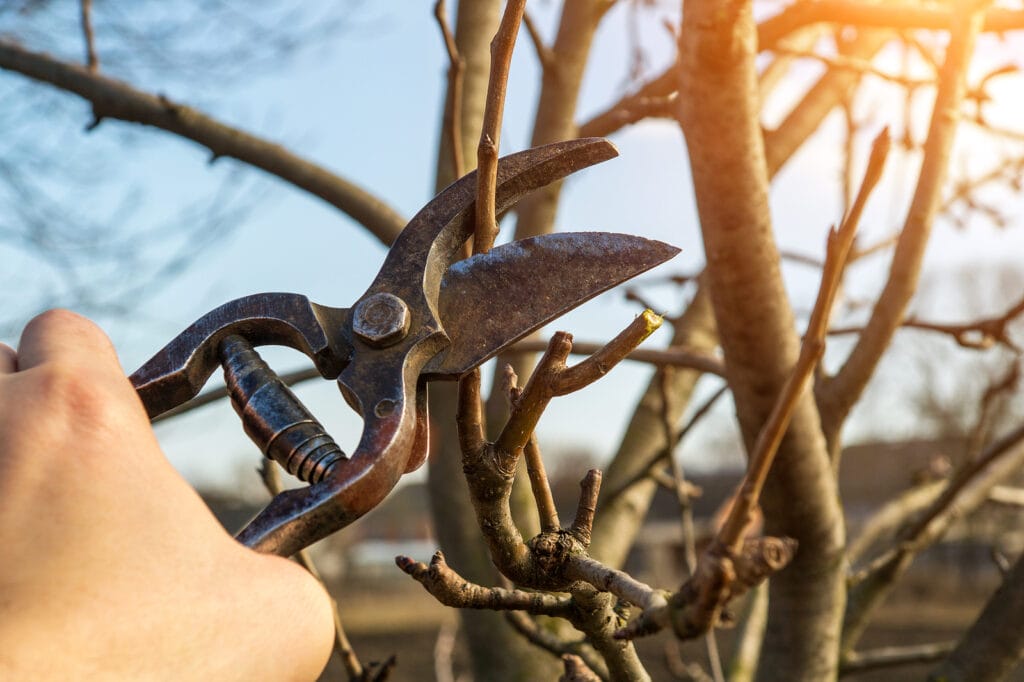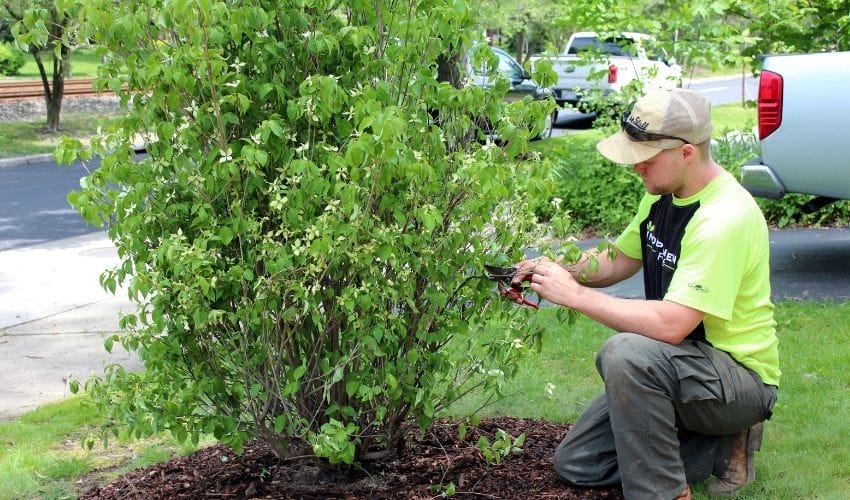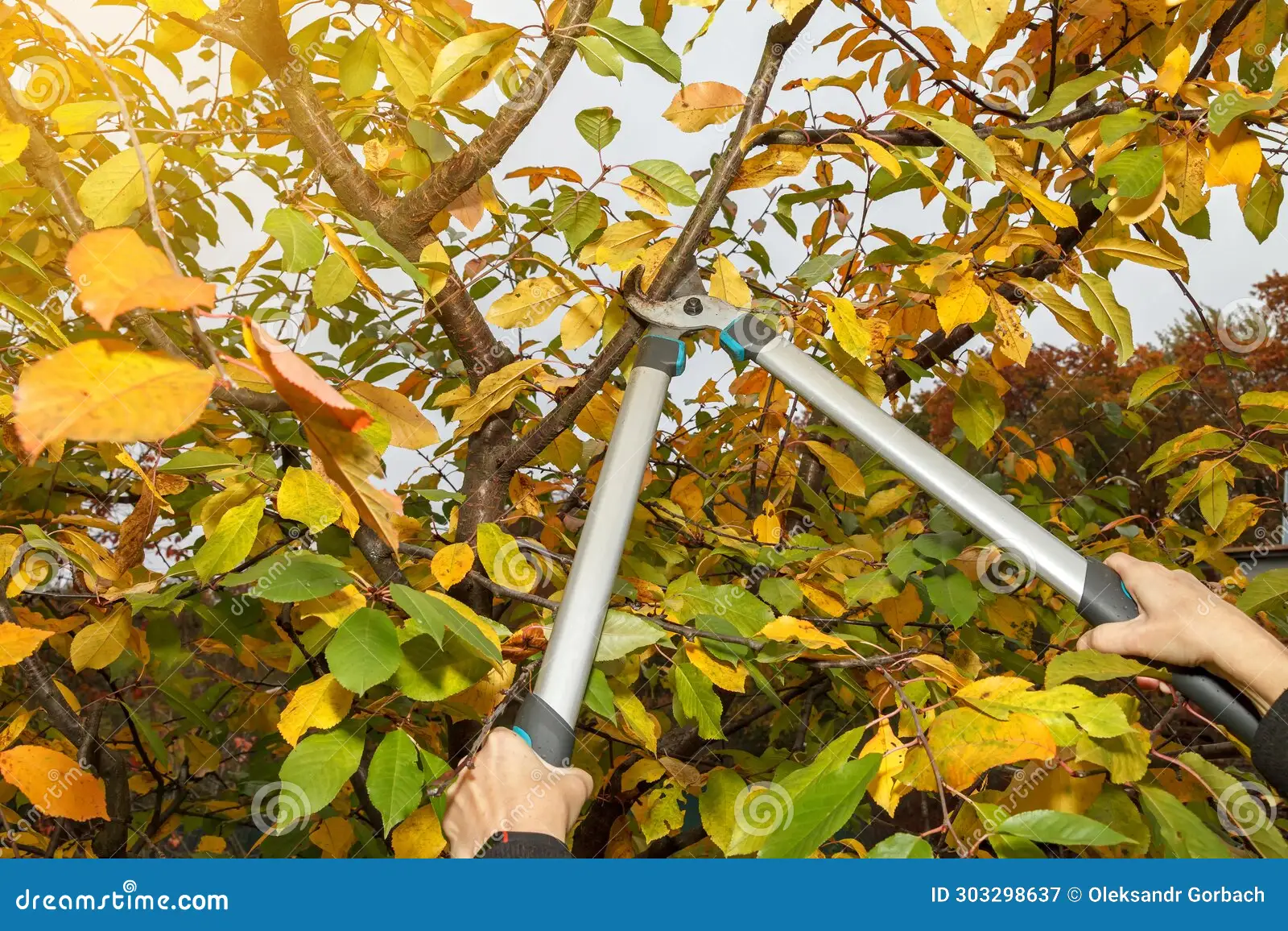The Best Time for Tree Trimming in Austin: A Seasonal Guide
By Innovation Grounds
When it comes to maintaining healthy, beautiful trees on your property, proper tree trimming is essential. Not only does regular trimming help keep your trees looking their best, but it also promotes their overall health, reduces the risk of disease, and can prevent potential hazards from overgrown branches. However, the timing of tree trimming is crucial. In Austin, with its unique climate and varying weather patterns, understanding the best time to trim your trees is vital for achieving the best results.
In this guide, we’ll explore the optimal times for tree trimming in Austin, taking into account the different seasons and the specific needs of trees in the region. Whether you’re a homeowner, a property manager, or just someone interested in tree care, this article will provide valuable insights into when to schedule your next tree trimming service.
Why Tree Trimming in Austin is Important
Before diving into the best times for tree trimming, it’s important to understand why this maintenance task is necessary. Tree trimming offers several benefits:
- Promotes Tree Health: Regular trimming helps eliminate dead or diseased branches, preventing the spread of pests and infections.
- Improves Tree Shape: Trimming helps maintain the tree’s natural shape and encourages healthy growth.
- Increases Safety: Overgrown branches can pose safety risks, especially in storm-prone areas like Austin. Trimming removes branches that could fall during a storm, reducing the likelihood of property damage.
- Enhances Aesthetic Appeal: Well-maintained trees add beauty to your landscape, improving your property’s curb appeal.
- Encourages Better Fruit Production: For fruit trees, trimming can increase fruit yield by allowing more sunlight to reach the inner branches.
Now, let’s look at the best times for tree trimming in Austin.

Spring Tree Trimming in Austin
Spring is a time of growth and renewal, making it a popular season for tree trimming. However, while spring can be a good time for certain types of trees, it’s important to exercise caution.
Best Trees to Trim in Spring:
- Deciduous Trees: Trees that lose their leaves in the winter, such as oak, maple, and ash, can be trimmed in early spring before they start actively growing.
- Fruit Trees: Early spring is also a great time to trim fruit trees like apple, pear, and peach. Trimming them before new growth begins encourages better fruit production in the coming season.
- Citrus Trees: If you have citrus trees like oranges or lemons, early spring is an ideal time to trim them to remove dead or damaged branches.
Considerations for Spring Trimming:
- Timing: The key with spring trimming is to avoid cutting too late in the season. Trees that are trimmed too late may be stressed, as they will be entering the active growing phase.
- Avoid Heavy Pruning: Spring is a time for light pruning, not heavy cuts. Excessive pruning in the spring can interfere with the tree’s natural growth cycle and reduce overall vitality.


Summer Tree Trimming in Austin
While summer is typically not the best season for extensive tree trimming, it can still be a good time for certain maintenance tasks.
Best Trees to Trim in Summer:
- Deadwood Removal: If you notice any dead, damaged, or diseased branches, summer is a good time to remove them. This helps prevent pests and diseases from taking hold and ensures that the tree doesn’t waste energy on unhealthy growth.
- Palm Trees: Palm trees can be trimmed in the summer to remove old fronds and maintain their appearance.
Considerations for Summer Trimming:
- Heat Stress: The Texas summer heat can stress trees, so it’s best to avoid heavy pruning during the hottest months (June, July, and August). Excessive trimming during this time can leave trees vulnerable to sunscald and dehydration.
- Watering Needs: After trimming trees in the summer, make sure they are well-watered. Summer trimming can increase the tree’s need for hydration, as it will need to compensate for the loss of leaves or branches.


Fall Tree Trimming in Austin
Fall is one of the best times for tree trimming in Austin. As temperatures begin to cool and trees enter a period of dormancy, fall pruning promotes healthy growth in the next spring season.
Best Trees to Trim in Fall:
- Deciduous Trees: Fall is an excellent time to trim most deciduous trees, including oak, elm, and maple. Since these trees are entering dormancy, they are less likely to suffer from the shock of pruning.
- Fruit Trees: Fall is also a great time to prune fruit trees after they have finished producing fruit. This allows the tree to prepare for the next growing season, and it helps avoid any damage to the fruit-bearing branches.
Considerations for Fall Trimming:
- Avoid Trimming Before Frost: Trimming in the fall should be done well before the first frost hits, as trimming too late can leave trees susceptible to cold damage.
- Health Check: Fall is a good time to inspect your trees for any signs of disease or pests. Trimming can help eliminate affected branches and prevent the spread of issues.


Winter Tree Trimming in Austin
Winter is another ideal time for tree trimming in Austin, especially for certain types of trees. However, it’s important to consider the specific conditions of the season when planning your trimming.
Best Trees to Trim in Winter:
- Dormant Trees: During the winter months, most trees are in a dormant state, making it an ideal time for pruning. Dormant trees experience less stress from trimming, which allows them to heal more efficiently when spring growth begins.
- Fruit Trees: Winter is a good time for trimming most fruit trees, especially those that need structural pruning.
- Shade Trees: Trees like sycamore, oak, and ash are best trimmed in winter, as they are typically dormant and can handle trimming without disrupting their growth.
Considerations for Winter Trimming:
- Cold Weather Protection: After trimming in winter, be mindful of the cold weather. Ensure that cuts are sealed properly to prevent damage from extreme temperatures or frost.
- Tree Type: Be cautious with certain tree species, as some, like maple and birch, may be more susceptible to sap loss when pruned during the winter months.


General Tips for Tree Trimming in Austin
- Hire a Professional Arborist: While tree trimming might seem like a simple task, it’s often best to hire a professional arborist in Austin. They have the expertise to ensure that your trees are properly trimmed and that the job is done safely.
- Use the Right Tools: If you do decide to trim your trees yourself, make sure you use the right equipment, such as pruning shears, a pruning saw, or a chainsaw. Always clean your tools before use to avoid transferring diseases.
- Don’t Overdo It: Avoid excessive pruning, as it can stress the tree and make it more vulnerable to disease, pests, and environmental factors.

Conclusion
In Austin, the best time for tree trimming depends largely on the type of tree you have and the season. Spring and fall are generally the best times for most tree species, with spring being ideal for fruit trees and fall being great for deciduous trees. Summer trimming should be limited to deadwood removal, while winter provides a safe window for trimming dormant trees.
By understanding the specific needs of your trees and scheduling regular tree trimming, you can ensure that your trees remain healthy, safe, and beautiful year-round. If you’re unsure about the best time to trim your trees or need assistance with tree trimming in Austin, consider consulting with a professional arborist to keep your landscape in top shape.



